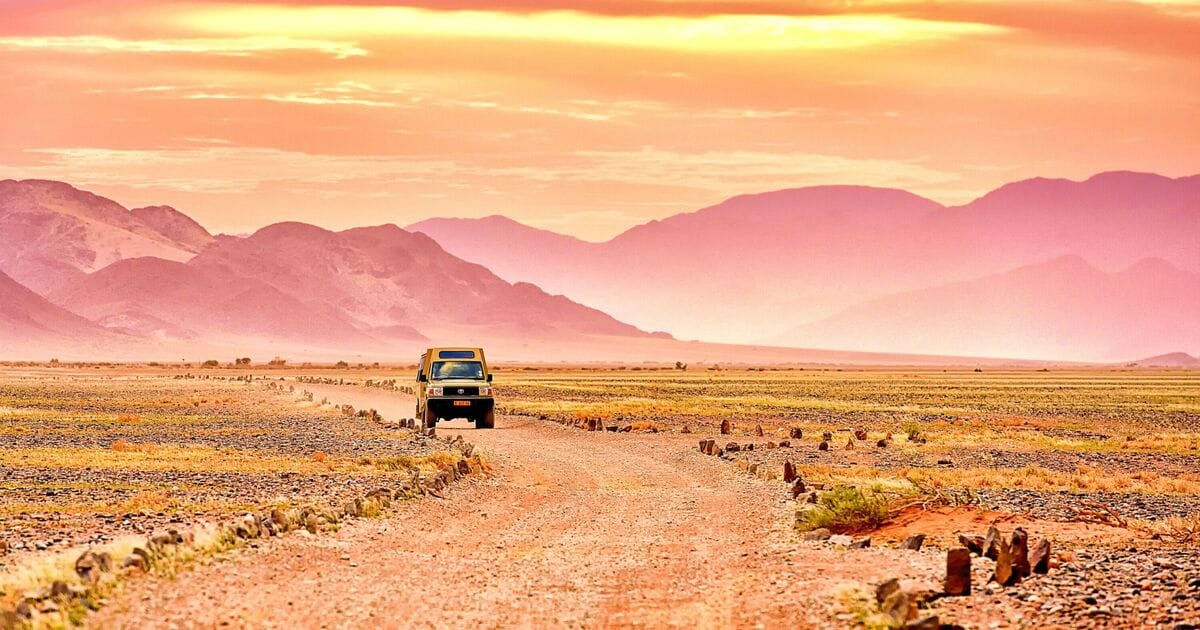Africa is a vast continent home to 54 countries and a total population of over 1.5bn, but there’s one nation that’s incredibly underpopulated.
Namibia, a vast nation in southern Africa, spans an impressive 318,260 square miles – 36 times the size of Wales.
Its population is currently 3,022,401, making it one of the most sparsely populated countries in the world with just 10 inhabitants per square mile.
The population is not uniformly dispersed, with the north housing about 60 percent of the population and over 50 percent of people living in urban areas. The southern and coastal regions are virtually uninhabited.
Namibia is also renowned as the driest country in Sub-Saharan Africa and for its abundant mineral resources, including diamonds and uranium.
Agriculture, tourism and the mining industry including mining for gem diamonds, uranium, gold, silver and base metals form the backbone of its economy, while the manufacturing sector remains relatively small.
Despite substantial GDP growth since gaining independence, poverty and inequality are still prevalent issues in the country.
A staggering 40.9 percent of the population is impacted by multidimensional poverty, and over 400,000 individuals continue to reside in informal housing.
Etosha National Park is the prime spot for wildlife viewing in Namibia, hosting a variety of creatures from minuscule beetles to desert-adapted elephants and rhinos.
The country’s wild Atlantic coastline is a haven for thousands of Cape fur seals and large gatherings of flamingos, while the desert is speckled with vibrant lichen fields and ancient Welwitschia mirabilis plants.
Understanding how these plants and animals have adapted to survive in such severe conditions is one of the most intriguing aspects of visiting Namibia.
For those camping, rooftop tents which can be organised along with your vehicle hire are perfect for elevating you above the wildlife.
With an average of 300 sunny days annually, Namibia is known for its high temperatures throughout the year. Daytime temperatures can soar to 40C in the summer, and remain around 25C in the winter.
During the coldest months of June to August, night-time temperatures in highland areas like Windhoek often plummet to freezing.






